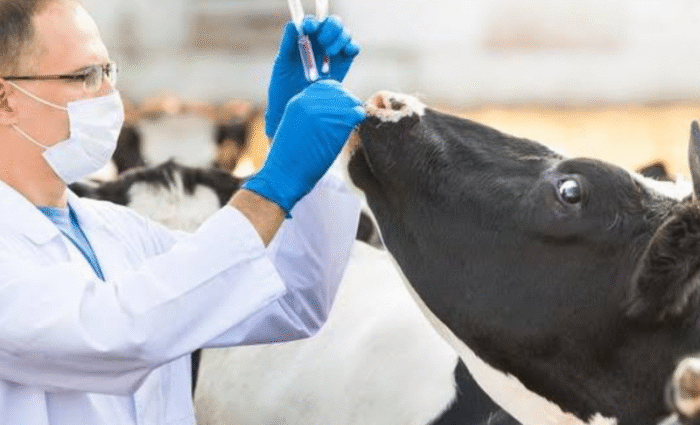Agriculture is the backbone of India’s economy, but one of the biggest challenges farmers face is selling their produce at the right price. Traditionally, farmers rely on mandis, traders, or middlemen to reach consumers. While this system has been around for decades, it often leaves farmers with low profits and uncertain incomes.
This is where Direct Market Linkage (DML) comes in—a modern approach that connects farmers directly with buyers, businesses, retailers, and consumers without unnecessary middlemen. In this blog, we’ll explain what Direct Market Linkage is, why it’s important, and how it benefits both farmers and businesses.
What is Direct Market Linkage (DML)?
Direct Market Linkage is a supply chain model that allows farmers to sell their produce directly to buyers—be it wholesalers, retailers, food processing units, exporters, or even end consumers.
Instead of going through 3–4 layers of middlemen, the farmer interacts directly with the buyer through digital platforms, farmer-producer organizations (FPOs), cooperatives, or private marketplaces.
Example:
1. Traditional Model → Farmer → Trader → Wholesaler → Retailer → Consumer
2. DML Model → Farmer → Business/Consumer
This means farmers earn more, while buyers get fresher produce at better prices.
Why Direct Market Linkage is Needed in Indian Agriculture
The current mandi-based system has several issues:
1. Price Exploitation – Middlemen take a large share of profits.
2. Unstable Rates – Farmers rarely know the real demand or market price.
3. Food Wastage – Delays in storage and transport lead to crop losses.
4. Debt Cycle – Farmers sell at low prices, barely covering costs.
Direct Market Linkage solves these issues by removing inefficiencies and creating a transparent, demand-driven system.
Benefits of Direct Market Linkage for Farmers
1. Fair Pricing
Farmers get a larger share of the final price since there are no middlemen cutting profits.
2. Income Stability
Contracts with buyers ensure farmers know the price before harvest, reducing risks.
3. Reduced Wastage
Produce reaches buyers faster, minimizing storage and spoilage losses.
4. Access to Bigger Markets
Farmers are no longer restricted to local mandis; they can sell across states or even internationally.
5. Empowerment & Dignity
Farmers become decision-makers instead of price-takers, giving them confidence to invest in better farming practices.
Benefits of Direct Market Linkage for Businesses & Consumers
It’s not just farmers who benefit—buyers and consumers also gain:
Lower Procurement Costs
Businesses purchase directly from farmers, cutting extra costs.Quality & Traceability
Buyers get fresher, authentic produce with information about its origin.Consistent Supply Chain
Direct contracts ensure regular delivery, reducing supply chain disruptions.Competitive Pricing for Consumers
When farmers earn fairly and businesses save costs, consumers also enjoy better prices.
Real-World Example
A vegetable farmer in Odisha traditionally sold tomatoes at ₹8–₹10 per kg to traders. By the time it reached consumers, the price shot up to ₹30. The farmer earned little profit.
With Direct Market Linkage through a farmer marketplace, the same farmer now sells directly to restaurants and retailers at ₹18–₹20 per kg. He earns double the income, while buyers still save compared to mandi prices.
Role of Technology in Direct Market Linkage
Modern platforms like Bharat Farm Connect and farmer-producer apps are making DML possible by:
1. Providing real-time price data
2. Enabling bulk orders and contracts
3. Ensuring digital payments directly to farmers’ accounts
4. Offering logistics support for delivery
This technology-driven approach makes agriculture more efficient, transparent, and profitable.
Challenges in Implementing Direct Market Linkage
While DML is promising, challenges remain:
1. Lack of awareness among farmers
2. Poor digital literacy in rural areas
3. Need for better logistics and cold storage
4. Resistance from traditional middlemen systems
However, with government support, farmer training, and innovative platforms, these challenges can be overcome.
Conclusion
Direct Market Linkage is not just a trend—it is the future of Indian agriculture. By cutting out middlemen and directly connecting farmers with buyers, it ensures fair prices, reduces wastage, and empowers farmers. At the same time, businesses and consumers also benefit through quality produce and transparent supply chains.
Platforms like Bharat Farm Connect are showing how technology can bring farmers closer to markets, creating a win-win ecosystem for everyone.
Direct Market Linkage is more than just an agricultural reform—it’s a step towards farmer prosperity and food security for India.






